Walking towards the very heart of the city, Cathedral Square, we don’t know what to expect. A New Zealander questions our desire to see the Cathedral, saying, “It’s a pile of rubble.” We circle the closed off church, finding most of it standing. Sadly the Western wall is gone, replaced by massive iron trusses preventing gravity from completing what a massive earthquake began on February 22, 2011. Around us, jackhammers rattle, saws whine and backhoes scrape at cold ground several blocks in each direction. The heavy construction work snarls traffic and makes it difficult to take a picture that doesn’t have construction fencing in the background. Christchurch is both rebuilding slowly from the earthquake and also building new and modern buildings, but our first impression is that the city seems more of a promise than a present.
Christchurch is our entry point to New Zealand. A waypoint between the warm sandy beaches we just left in Fiji and the frozen New Zealand Alps and glaciers we are headed to tomorrow morning. Since almost no place in Fiji had a clothes dryer, we catch up on some laundry, stop in at the tourist bureau to get train tickets for the TranzAlpine, and buy a few necessities. This is our logistics day, and our expectations for more were dampened yesterday by our server at lunch who doesn’t think there’s much to see in this Eastern port city.
Surprises are more pleasant when they are unexpected. As we make a late start for breakfast a few blocks South, we see a small patch of grass on the corner. It is 185 square meters of ground and full of 185 neatly arranged chairs all painted white. The chairs are a jumble of styles; a recliner, an office chair, a beanbag, an infant car seat, a lawn chair and many others of built of steel, wood and plastic. They are an art installation to honor the 185 who died in the earthquake. It is somber but inviting. It invites visitors to find a chair that speaks to them and sit a while.
Walking around the city after breakfast, we see more art pieces tucked into corners and walls full of murals. Kim stops to rest on a wavy strip of steel and numbers celebrating each year since the city was founded. We stop in at the Christchurch art museum, Te Puna o Waiwhetū (maori for stars reflecting on water). Our docent tells us a little bit more about how art is helping this city grow after the earthquake. Most of the core of town was shut for years after the earthquake. Although the curving glass facade and galleries of the museum survived relatively intact, the ground underneath settled unevenly. To fix it, they spent five years replacing more than 100 posts in the parking garage below with isolation plates on reinforced beams. As we tour the exhibits, Kim and Tanner stop to crochet a bit to add to one installation about a yellow moon made of patrons’ work. Tanner also sits down to play the piano but is interrupted by a bull. I ponder a painting with a rectangle missing in the middle – a piece criticizing the central planning of the earthquake rebuilding that had no plan for the center of the city.
Today, art throught the city is one legacy of the quake. We find murals on the walls every few blocks. One in particular is of construction workers, which seems somehow fitting. Another is of a woman whose outstretched arms dangle limply under what appear to be globes or rocks of some sort. Kim and Tanner start a competition to find a story to interpret what exactly is holding up her arms, and why.
As night falls, we head off to the Court Theatre, picking up our tickets at will call for “The Biggest”, a play about four older New Zealand men who are trying to help out their friend by winning the first prize of a fishing boat in a big fish competition. The play makes us laugh, although we are sometimes confused by the local inside jokes, and reminds us that the art of a city can help us find the heart of a city.

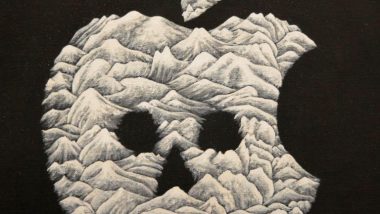
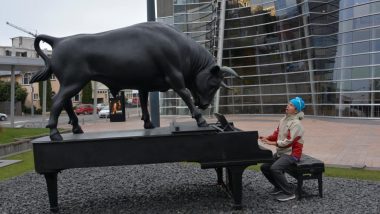
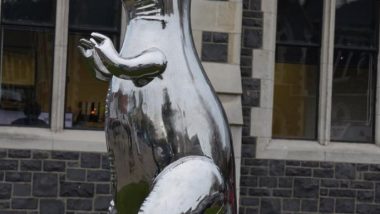
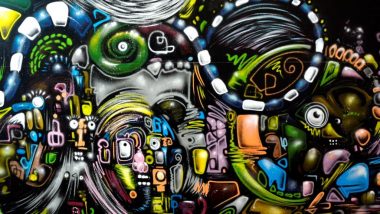

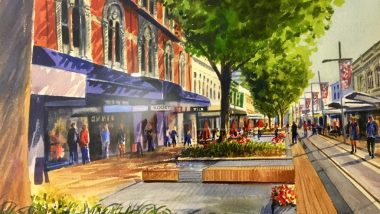
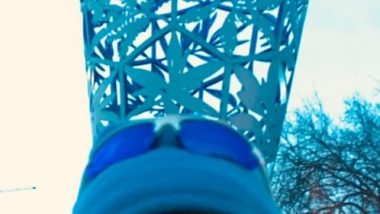

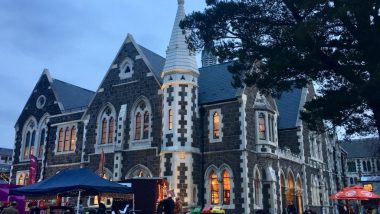

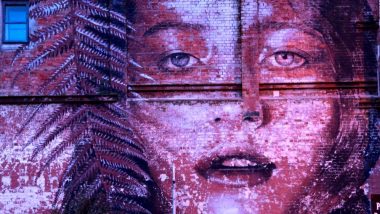


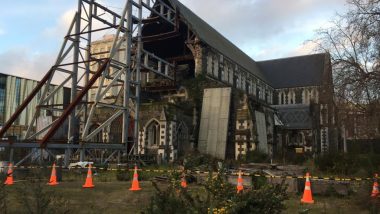
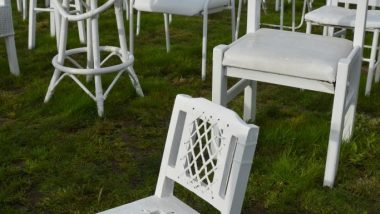

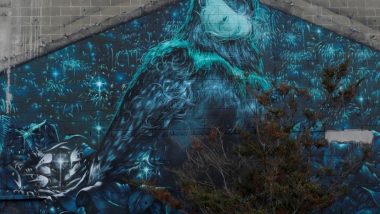
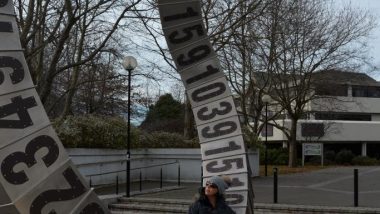
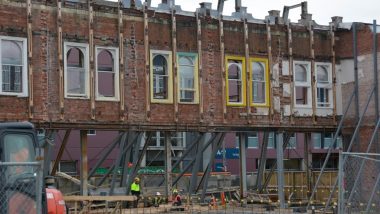
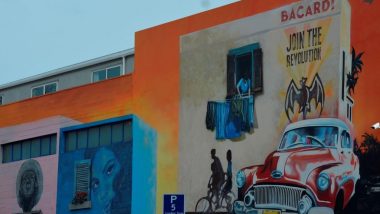

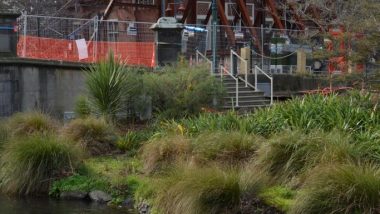


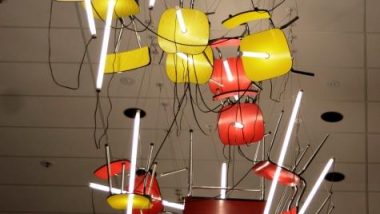
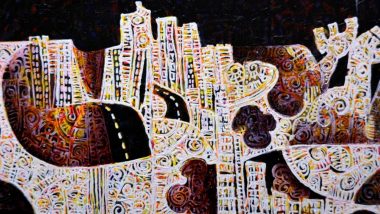
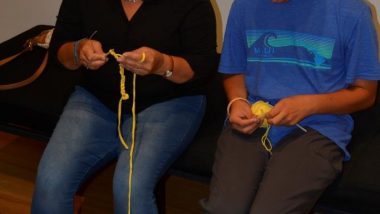
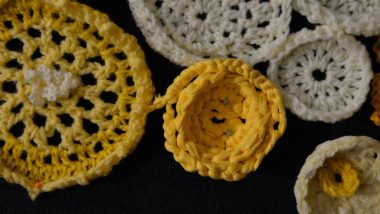
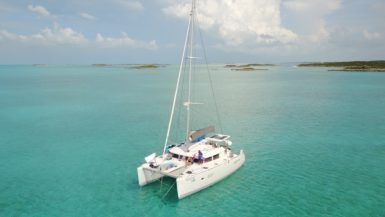
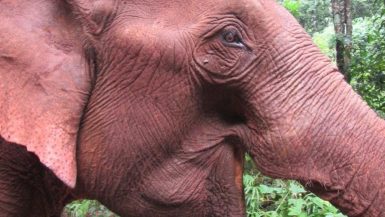
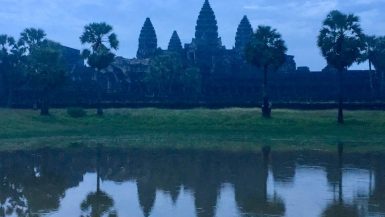
Leave a reply